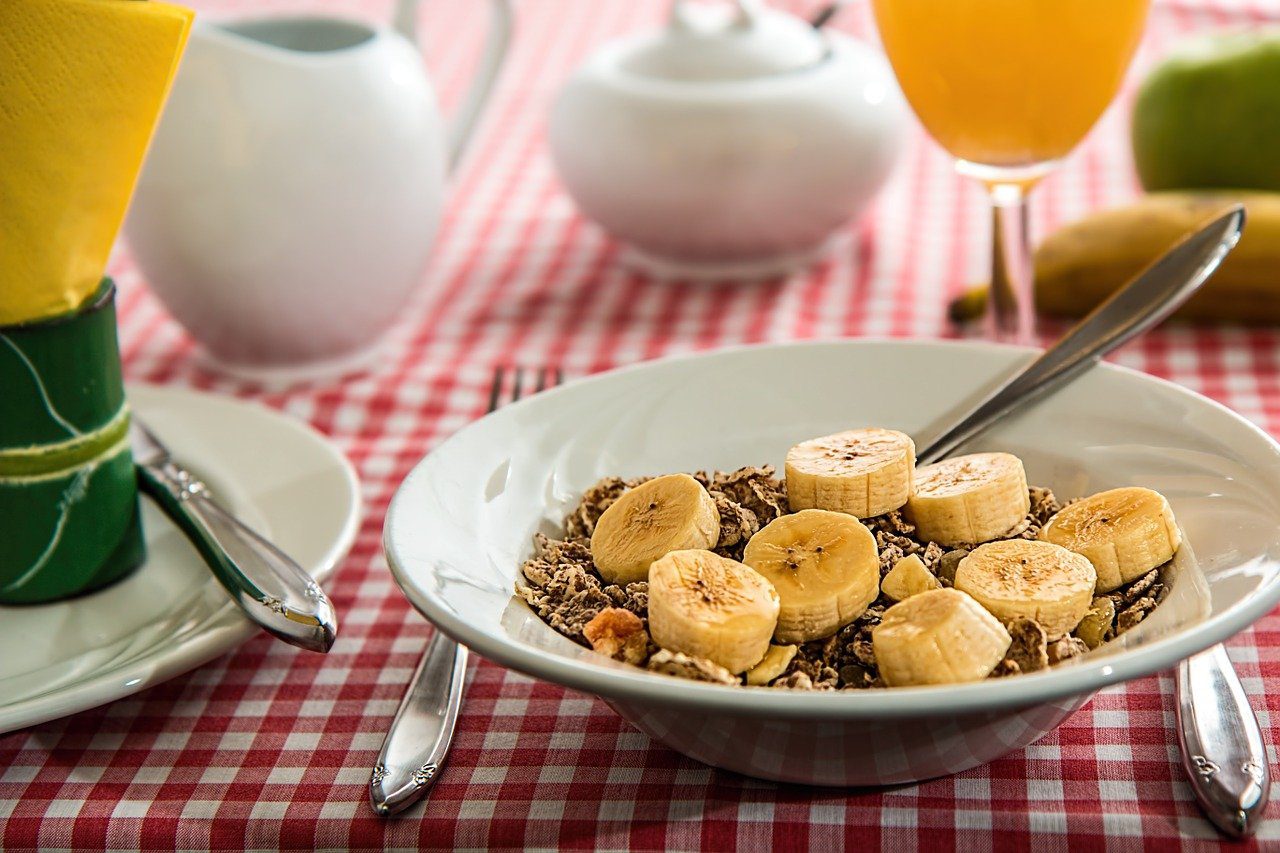It is often the easiest breakfast to grab. Pour it in a bowl, grab your choice of milk and go. Cereal has become a convenient way to begin your day, with it being a favorite for many children. But is cereal actually healthy? Despite each label claiming to be ‘organic’ or ‘high in fiber,’ many kinds of cereal are the culprit of too much sugar and too many additives. So how do you distinguish between what is healthy and what isn’t?
Breaking down the healthiest breakfast cereals can be tricky, but it can be broken down into things to look out for. Let us explore common misconceptions and why reading the label is so important.
Organic Sugar
Don’t be fooled by organic promises. Though organic food is generally healthier, there are exceptions. When looking at things such as sugar content, organic sugar is still sugar. Be aware that your age and body mass determine your daily intake of sugar. Let’s break it down:
- Adults – no more than 30g of sugar per day
- Children aged 7 to 10 – no more than 24g of free sugar per day
- Children aged 4 to 6 – no more than 19g of free sugar per day
This is a rough estimate, and you should always consult with your doctor to give you an accurate number for your body mass index. However, this is a rough guide that you should be able to follow. On average, each bowl of cereal contains around 19.8 grams of sugar, so be careful to check the label and see the sugar content and serving suggestions.
Whole Grain
Looking at flour, whole grain is by far the healthiest option. Conventional white flour has many of its nutrients stripped from it. While it provides a tasty product, it is less healthy due to the lack of nutrition. Whole grains are made up of grains that are ground to incorporate all parts of the seed. The result is that they contain far more nutrients such as iron, B vitamins, potassium, and many other healthy compounds.
When shopping for cereals, you want whole grains or whole wheat to be the primary ingredient. This means that the grains are less processed and nutrient-dense. Swapping to whole grains has been linked to a lower risk of chronic diseases such as type two diabetes and heart disease. This is why checking ingredients is important.
Artificial Colors & Flavors
Various debates have arisen about the potential risks of artificial colors and flavors. Regardless of the variation in legislation, studies have shown that artificial colors and flavors could have potentially harmful side effects. For this reason, it is best to choose cereal options that do not contain artificial colors and flavors.
This is particularly significant when it comes to cereal for children, as children are the largest consumers of artificial colors and flavors. The more we can do to reduce this, the better. Cereals with natural flavors and colors are much healthier for your diet. The natural colorants can come from anything from beetroot to carrots containing beta carotene. These are safe and healthy, naturally derived colorants.
Check out these brunch recipes.
Featured Image by Steve Buissinne from Pixabay




